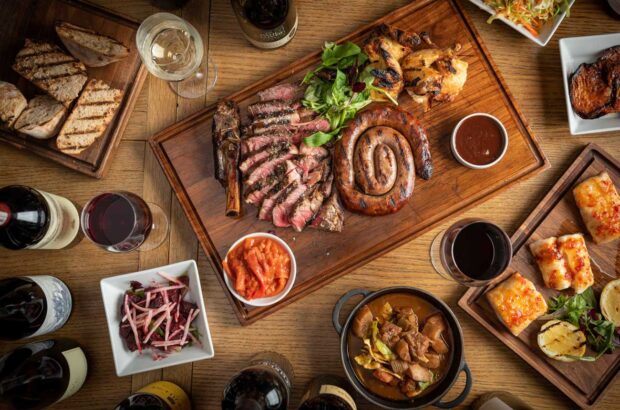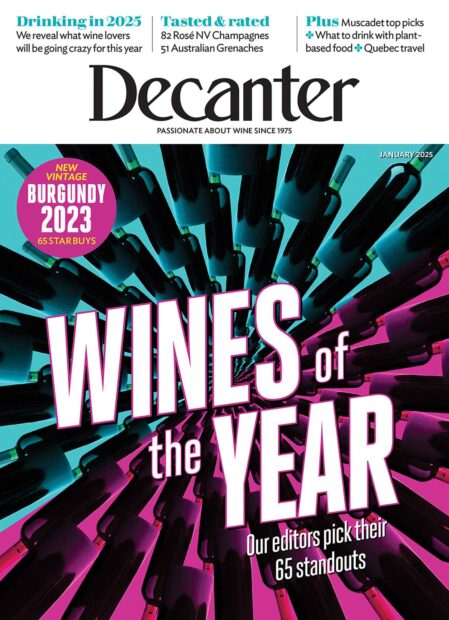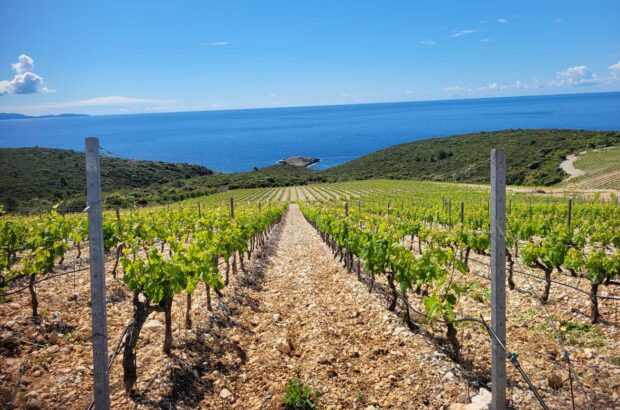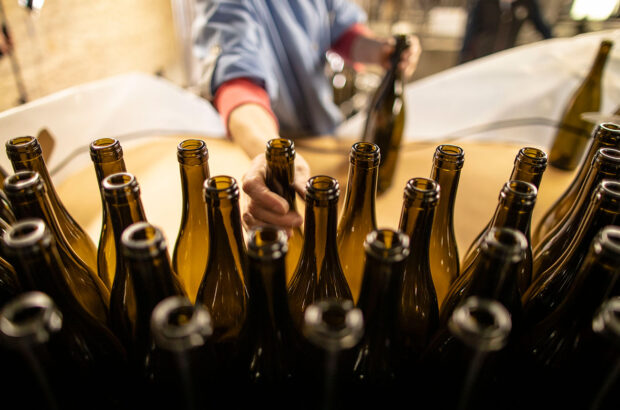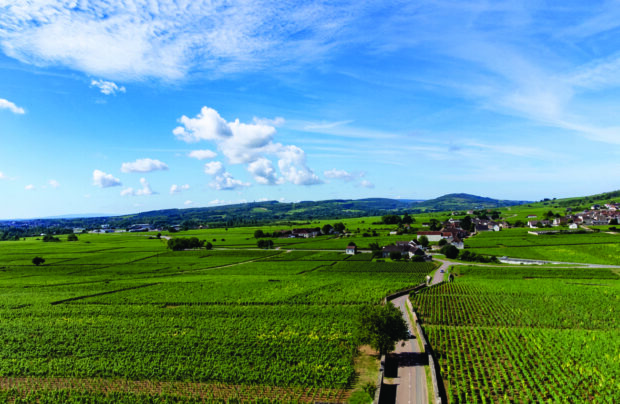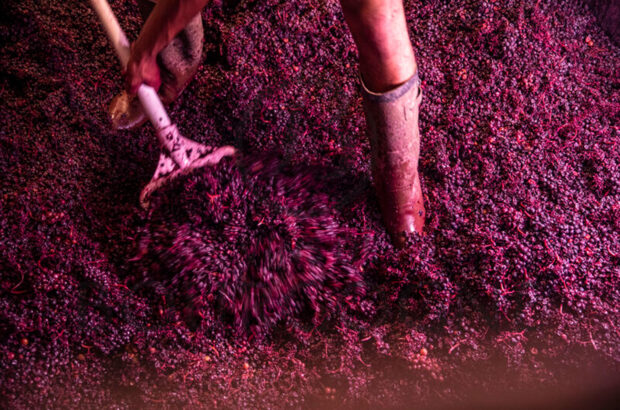By the time you read this, summer (or at least late spring) will hopefully have arrived in your corner of the northern hemisphere. And every year – along with gardener’s tans, finding your flip flops and wishing that you’d cleaned the barbecue the last time you used it – the warmer weather brings questions about chilling wine.
Scroll down to see our selection of 30 red wines to chill
Friends often ask sheepishly whether it’s acceptable to put ice cubes in their glass of white or rosé. Sure, I reply. If the wine was served too warm, it’s much better to dilute it slightly and drink it at the optimal crisp temperature than to persist with a flabby, unbalanced drink.
Keep your cool
No one ever asks about putting the red on ice, though. Because you simply don’t do that, do you? Red wines, as everyone knows, are supposed to be served at room temperature.
But 30°C in the shade is clearly not room temperature, and even though most of our homes are an ambient 18°C-20°C, that’s really not the ‘room temperature’ rooms used to be when the expression was first coined.
The optimal drinking temperature for most medium-to-heavy reds is about 16°C, so your barbecue-friendly bottles of Shiraz, Malbec and the like shouldn’t be sitting in the sun while you are cooking the sausages – they should be in the fridge, cooler or ice bucket. Like whites, reds served too warm lose their definition and become soupy, with the alcohol more noticeable.
A good rule of thumb is to take your white wines out of the fridge (or whatever cooling system you are using) 20 to 30 minutes before serving, and to chill reds down for 20 to 30 minutes before serving.
DWWA results out 19 June!
Be the first to know: Subscribe to the DWWA newsletter
Made to chill
When it comes to lighter reds, there are plenty of grape varieties that you can treat more like whites when it comes to chilling, serving them at 12°C-14 ̊C – maybe even 10°C in the heat of summer for the lightest styles. It all comes down to the wine’s structure.
Lighter-bodied reds with no or minimal barrel ageing are the best styles to go for, as cooler temperatures can accentuate oak characters and make tannins more astringent. As with rosés, paler-hued reds have probably been produced using less extraction and therefore will have lower levels of tannin.
Those red varieties grown at higher altitudes and from cooler climates should also have more lifted aromas and higher natural acidity, which is enhanced by chilling. And to maximise that quenchable, refreshing mouthful, opt for youthful, fruit-forward wine styles. Beaujolais, from the Gamay grape, is probably the wine the majority of people think of when it comes to reds that can be chilled. But most wines that have undergone carbonic maceration will fit the bill, as this style of winemaking (using intact bunches, with fermentation commencing in a sealed container in the absence of oxygen) enhances fruit-forward aromas and flavours, and keeps tannins soft and acids fresh.
Pinot Noir, too – particularly riper, more aromatic styles with less oak influence (so possibly not your grand cru Burgundy) – is a great choice to serve cellar-cool. The world is your oyster here, from North to South America and Australasia to the UK – and of course red Sancerre (aka Pinot Noir).
From top to toe, Italy is a haven for cool red varieties and styles: Lagrein and Valpolicella in the north, Frappato and Nerello Mascalese in the south and even Dolcetto and lighter Nebbiolos from Piedmont. Not forgetting Emilia Romagna’s Lambrusco: delicious served cool and paired with antipasto or light pasta dishes.
The red-fruited generosity of Grenache and Cinsault make them prime contenders to chill, not to mention lighter styles of Cabernet Franc, Merlot and Cabernet Sauvignon.
If you’re keen to explore less-common varieties, try Chilean País, Trousseau and Poulsard from the Jura, Greek Xinomavro, Mandilaria and Liatiko, or Austrian Zweigelt.
Whichever grape variety or wine style you choose, just make sure you don’t overchill your red – or worse, forget about it in the freezer. Alternatively, instead of putting your wine in the fridge, cooler or ice bucket, there are plenty of sleeves and icicle-style gadgets that will chill your bottle down for you on the table.
And if there’s no other option, just drop a few ice cubes in your glass.




